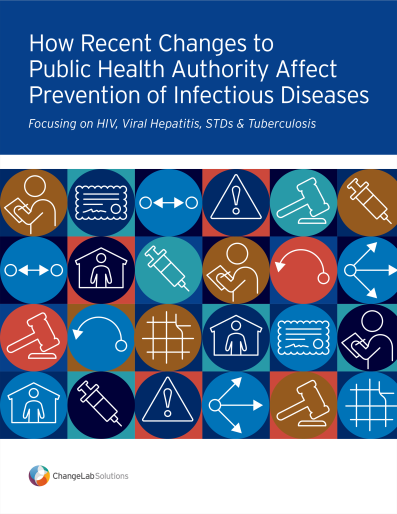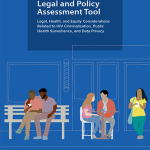How Do Recent Changes to Public Health Authority Affect Prevention of Infectious Diseases?
A fact sheet for state, local & other public health practitioners working to prevent HIV, viral hepatitis, STDs & tuberculosis
Public health authority is an important legal power that allows governments to take actions to protect the public’s health. However, recent changes in public health authority may affect how health professionals can conduct their work to prevent infectious diseases.
Public health authority allows health departments and agencies to create and enforce laws that regulate business and public life as well as to carry out both preventive and emergency actions. For infectious disease prevention, these responsibilities might involve inspecting and temporarily closing businesses in response to outbreaks, providing and administering vaccines, and running public health campaigns to reduce spread of diseases.
The scope of public health authority can change over time through the actions of each of the three branches of government (legislative, executive, and judicial). For example, significant activity related to public health authority occurred in response to the COVID-19 public health emergency; new laws, executive orders, and court decisions were implemented across the country. While most of these actions were intended to address COVID-19 specifically, they may also affect prevention of other infectious diseases. Some of these laws may limit the ability of public health officials to respond to public health emergencies and to carry out day-to-day public health activities; however, other laws may enhance that ability.
To help state and local health departments understand recent trends related to public health authority, ChangeLab Solutions has developed a fact sheet that describes how public health authority can change over time, with examples of recent changes in response to COVID-19 and how those changes might potentially affect public health work to prevent infectious diseases.


